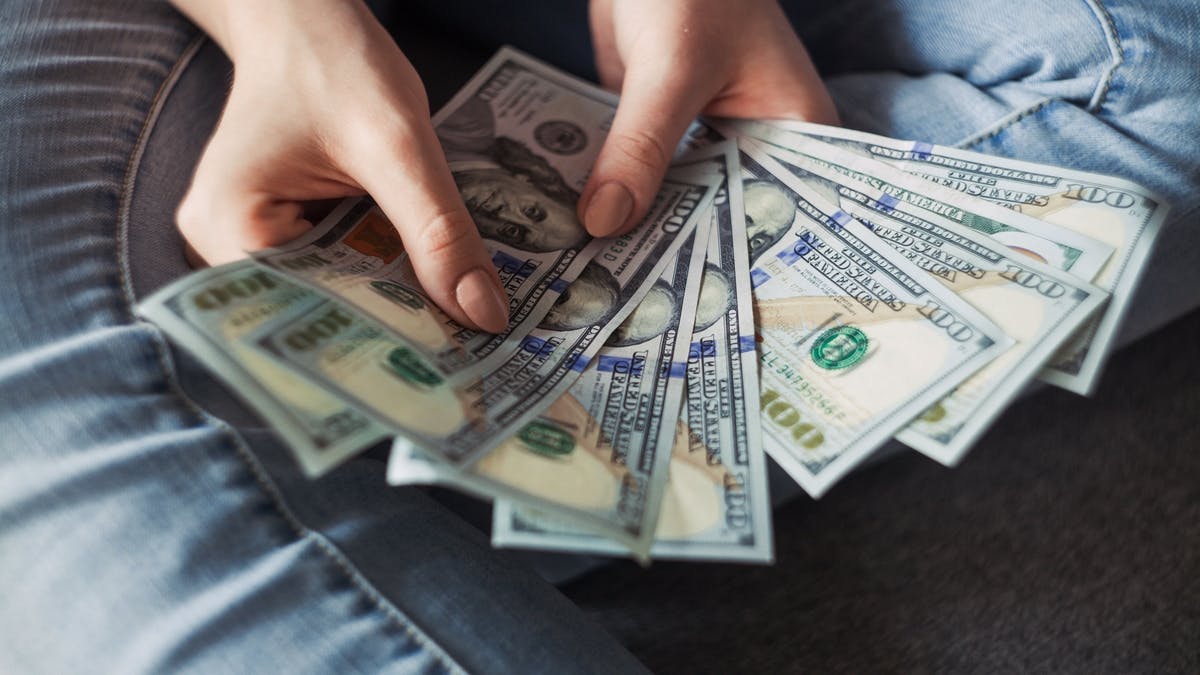Australia’s business investment recovered modestly in the December quarter after posting a smaller-than-expected gain. Still, the good news is that spending plans for the current fiscal year and the next remain solid.
According to the Australian Bureau of Statistics, capital expenditure increased by 1.1 per cent in the December quarter to $33.3 billion. The increase reflects a rebound in demand following extended lockdowns. However, analysts had expected a more significant rebound after the Delta lockdown-induced decline in the September quarter.
The most recent estimate for planned investment between 2021 and 2022 was $140.8 billion, which was $1.6 per cent higher than the previous estimate three months ago. The survey, which was conducted in the early stages of 2022, also discovered that the first estimate for 2022 and 2023 was $116.7 billion, which was 10.8 per cent higher than the first estimate for 2021/22.
Retail sales fared better than expected during January, with most retail sectors seeing year on year growth, despite facing the highly infectious COVID-19 Omicron variant and impacts on staff and supply chains.
According to Mastercard SpendingPulse, which measures in-store and online retail sales across all forms of payment, retail sales across Australia increased 4.9 per cent in January compared to the same time last year and are up 14.4 per cent from pre-pandemic levels two years ago.
Australian economy contracted 1.9 per cent in the Sept quarter
GDP fell 1.9 per cent in the third quarter, reflecting lower activity due to extended lockdowns in New South Wales, Victoria, and the ACT. This drop came after four consecutive increases since the 6.8 per cent drop in the June quarter of 2020 when the entire country was on lockdown.
GDP in the September quarter of 2021 was 0.2 per cent lower than pre-pandemic levels in December 2019. According to Reuters, analysts expect GDP growth of around 2.5 per cent in the fourth quarter, more than making up for the 1.9 per cent decline in the third quarter.
The December quarter wage price index revealed that while annual wage growth is at its fastest since mid-2019, it is still well below the inflation rate, at 2.6 per cent.
Treasury and the Reserve Bank of Australia use the wage price index to track wage growth. However, Treasurer Josh Frydenberg stated that the wage price index did not consider the record number of people entering the labour market.
“Treasury analysis [shows] these people are getting pay increases on average of eight to 10 per cent off the back of a record number of job ads which are 34 per cent higher than pre-pandemic levels,” he said.
Separate research shows that, while the average Australian household has never felt better financially, there are concerns about the long-term impact of COVID-19 and the creeping in of cost of living pressures.
Treasurer Josh Frydenberg said the outlook looks set to continue to strengthen.
“This is being driven by the non-mining sector with Treasury forecasts showing non-mining business investment is expected to lift to a record $200 billion next year,” he said.
“The strong investment activity has been underpinned by the Morrison government’s unprecedented business investment incentives, which are setting Australia up for the future.”
Keep up to date with our stories on LinkedIn, Twitter, Facebook and Instagram.

